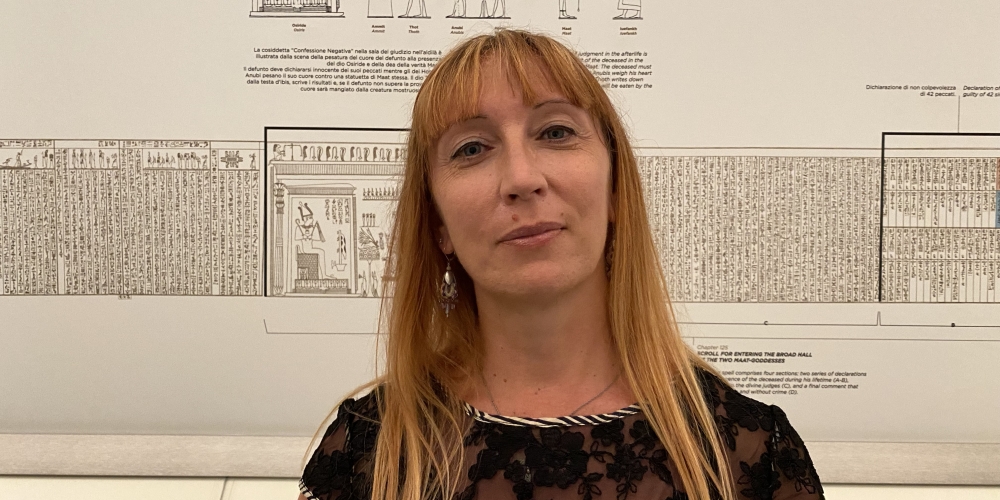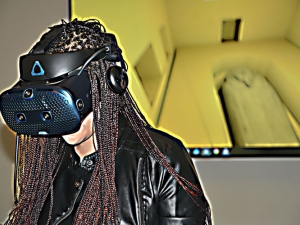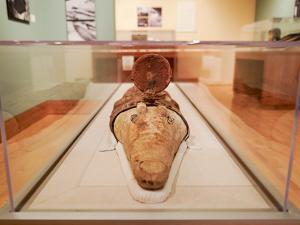

Research Bio
Rita Lucarelli is an Egyptologist whose research investigates ancient Egyptian religion, magic, funerary literature and its reception in the modern and contemporary world. She is best known for her studies of the ancient Egyptian Book of the Dead, analyzing its texts, iconography, and cultural significance. Lucarelli’s work integrates philology, digital humanities, and archaeology to create digital editions and 3D models of ancient Egyptian coffins and VR visualizations of their archaeological settings. Her scholarship advances understanding of ancient Egyptian beliefs about death, the afterlife, and the transmission of religious knowledge. She also researches reception history of ancient Egypt and in particular the impact of ancient Egypt in Black Visual Arts and music and in particular in Afrofuturism.
She is a Professor of Egyptology in the Department of Middle Eastern Languages and Cultures at UC Berkeley and Faculty Curator of Egyptology at the Phoebe A. Hearst Museum of Anthropology. Her work has been published in a number of academic journals and edited volumes about Egyptology and Studies of the Ancient World and its reception. Lucarelli has received fellowships from the Mellon Foundation and recognition from Egyptological associations for her contributions. At Berkeley, she teaches ancient Egyptian language and religion and mentors students in digital humanities and Egyptology.
Lucarelli is also involved in a teaching Higher Education in prison and currently teaches a course on ancient Egyptian history and art at San Quentin Rehabilitation Center (formerly San Quentin State Prison), in California.
Research Expertise and Interest
Egyptology, afrofuturism, magic, demonology, digital humanities, 3D modeling, virtual reality, prison higher education, ritual and religion, reception history


